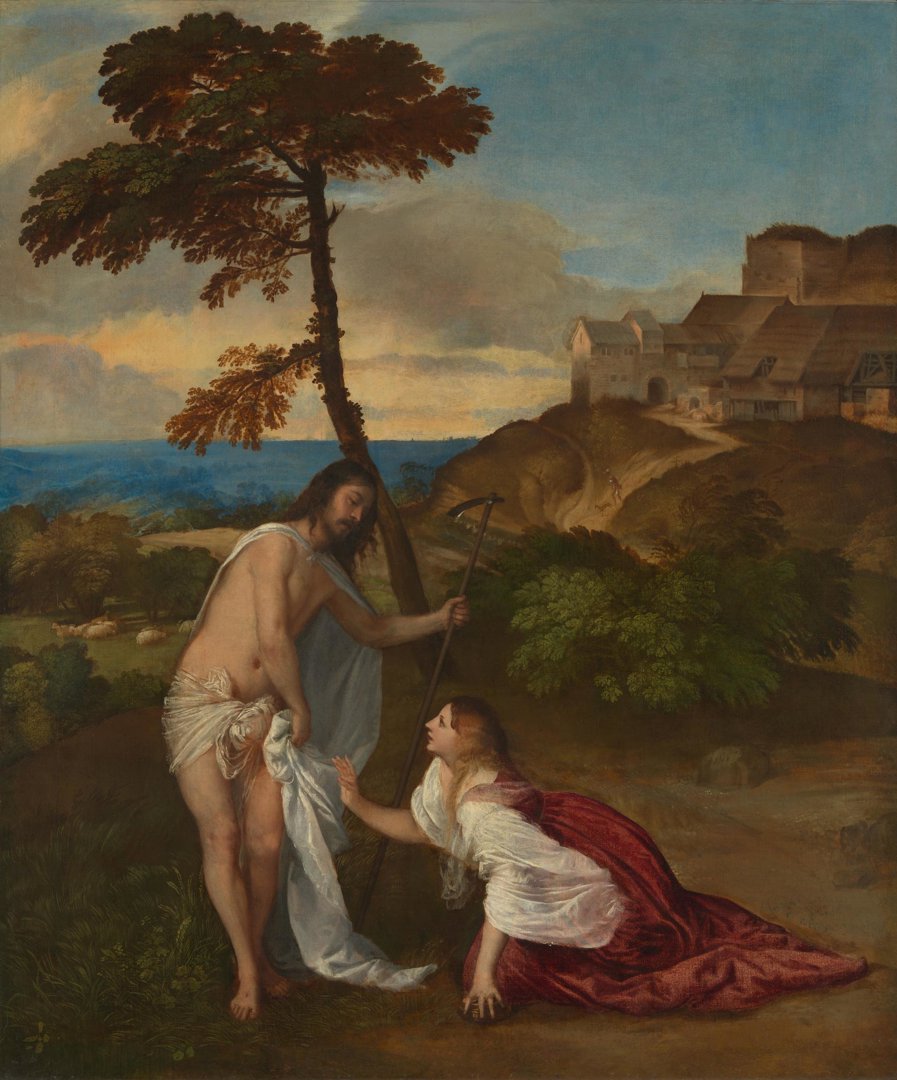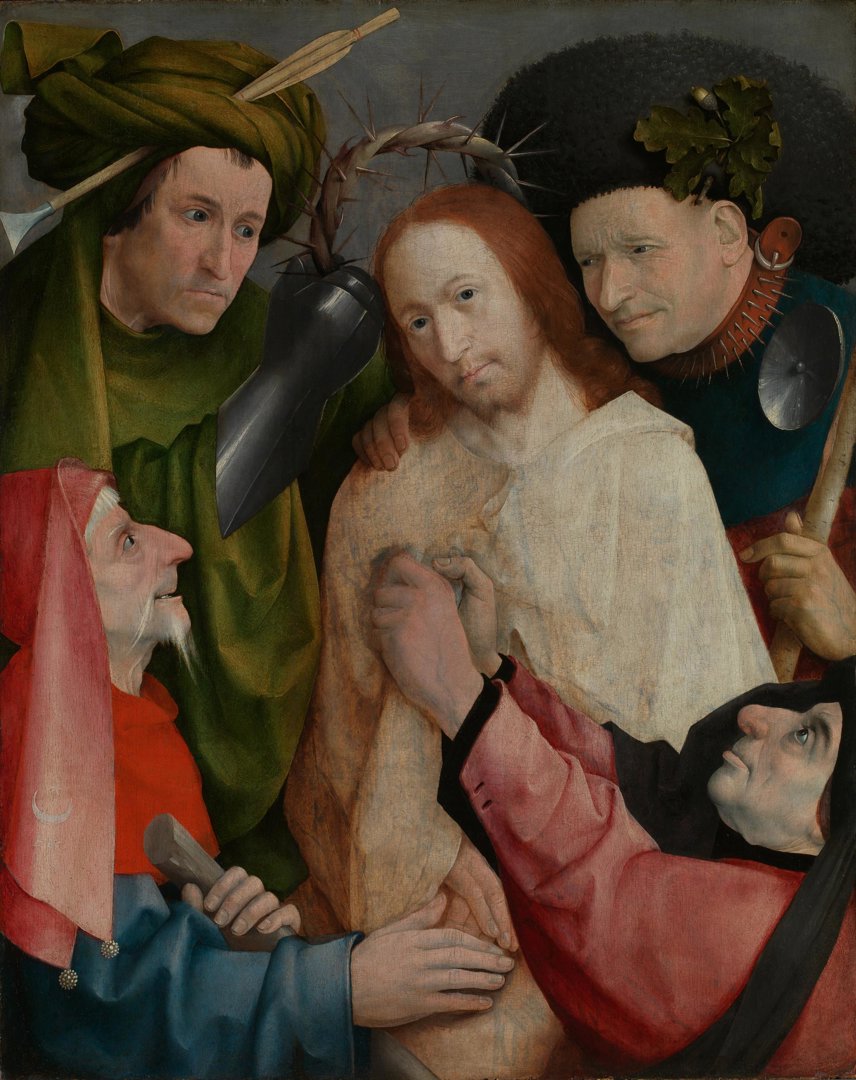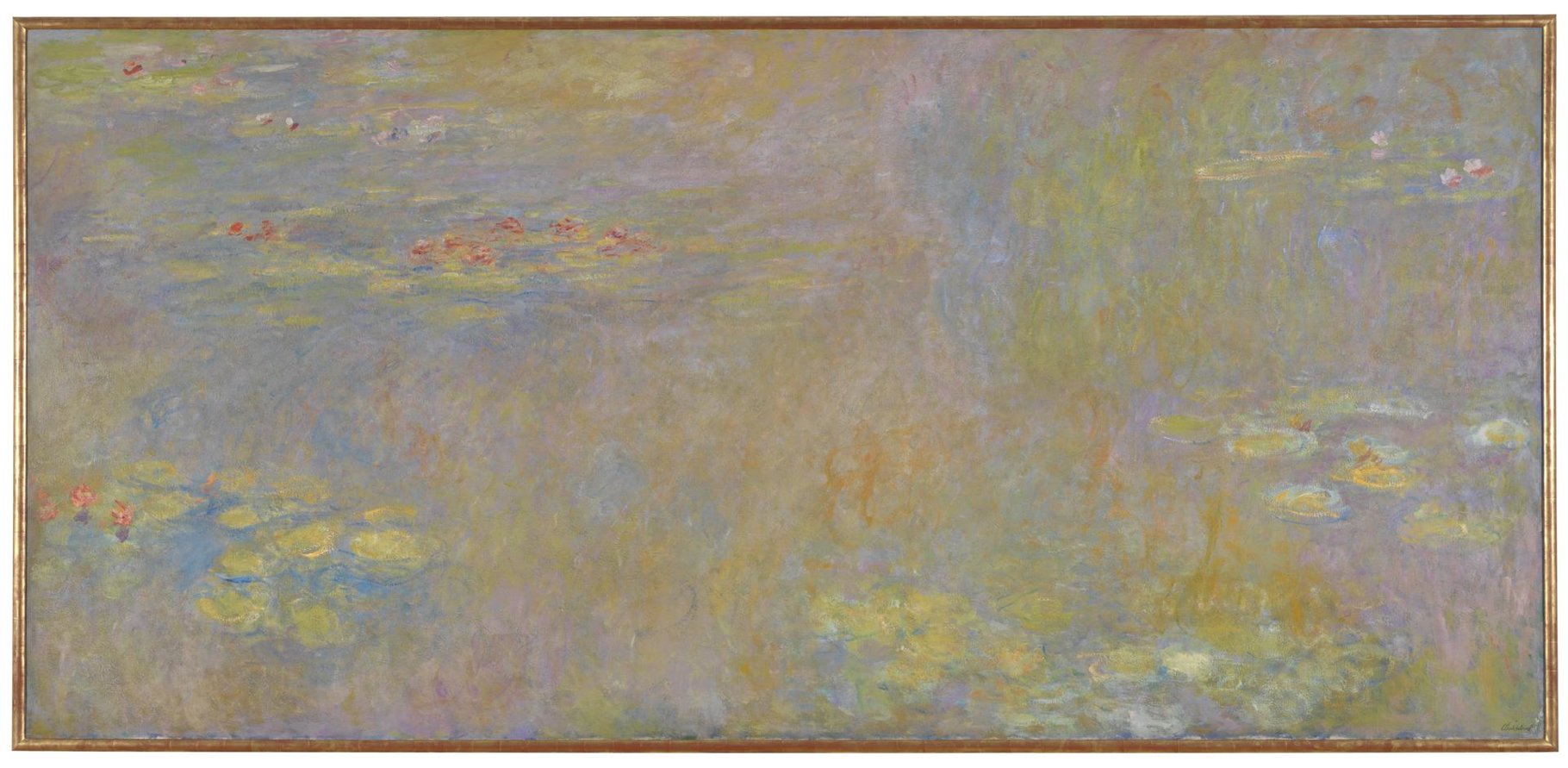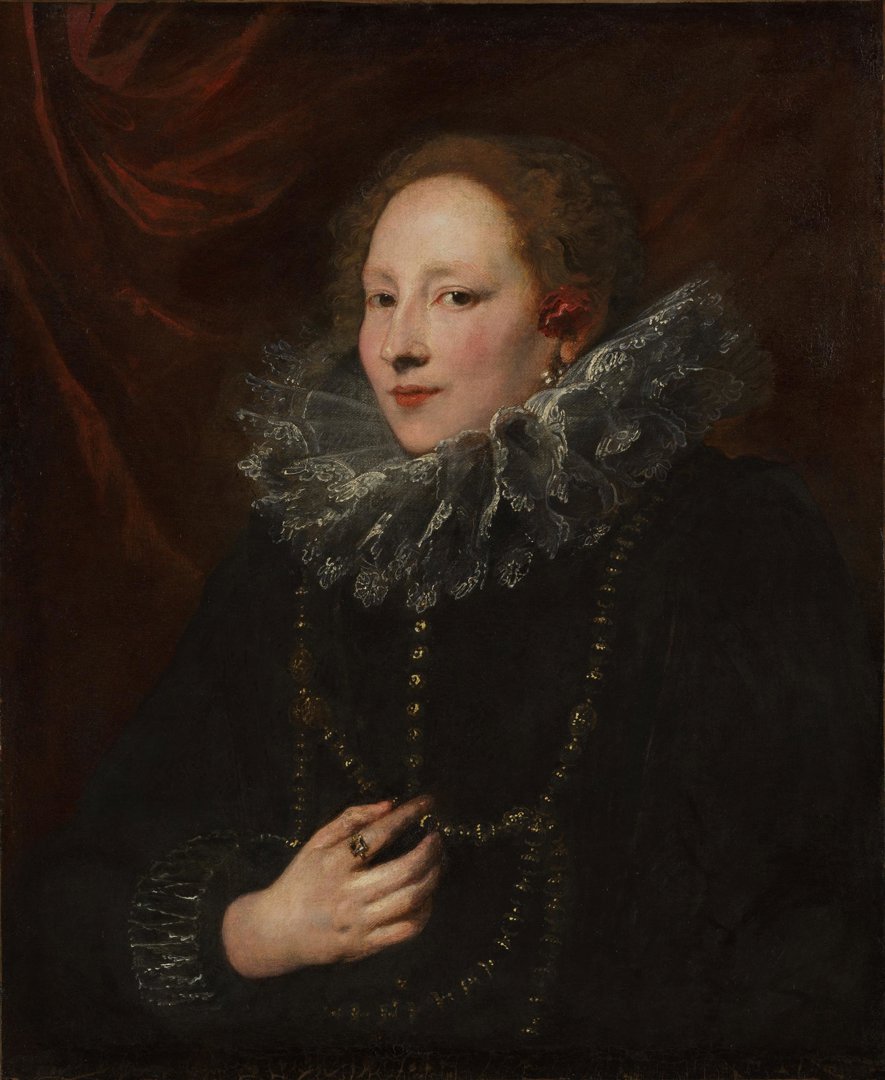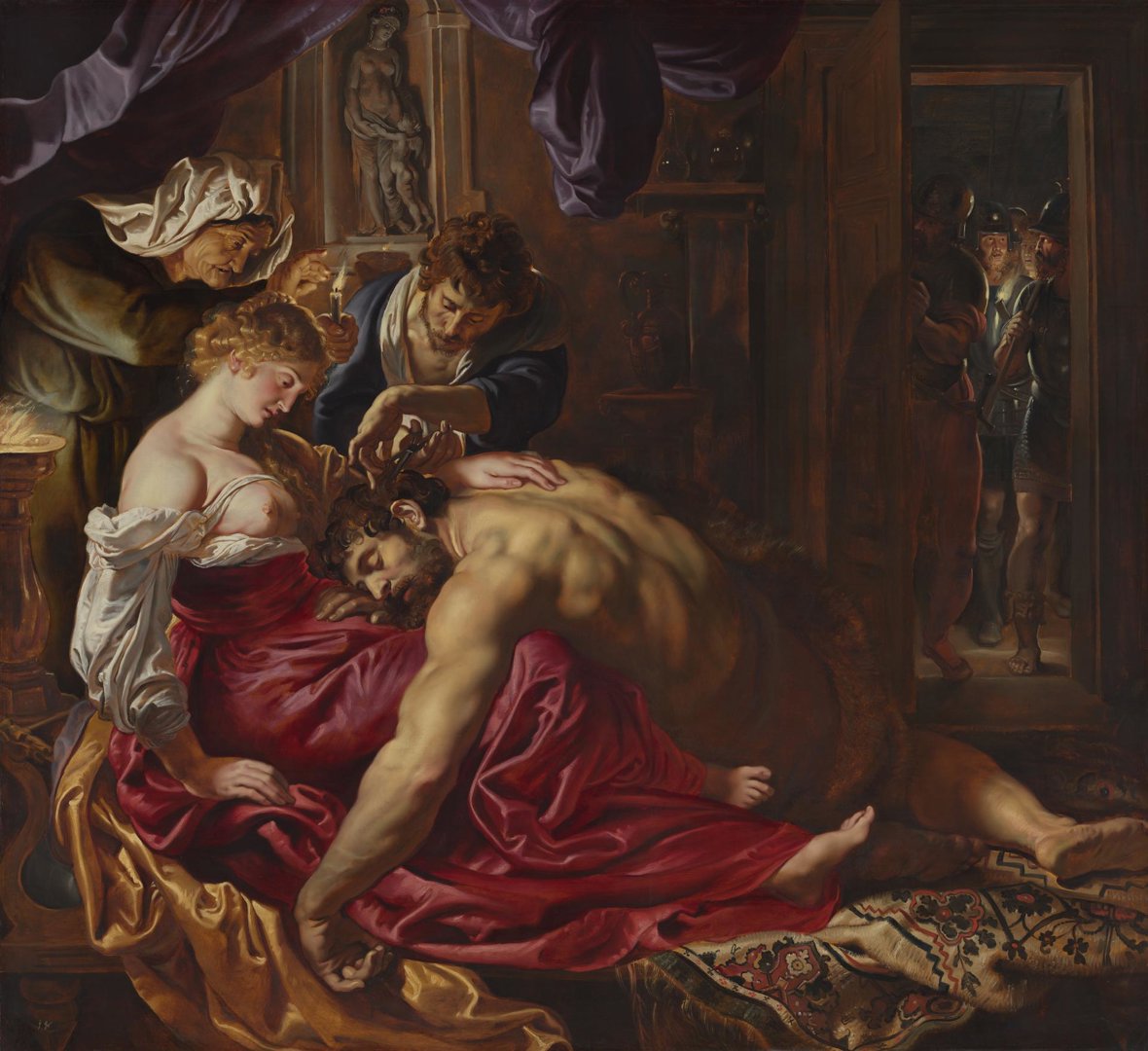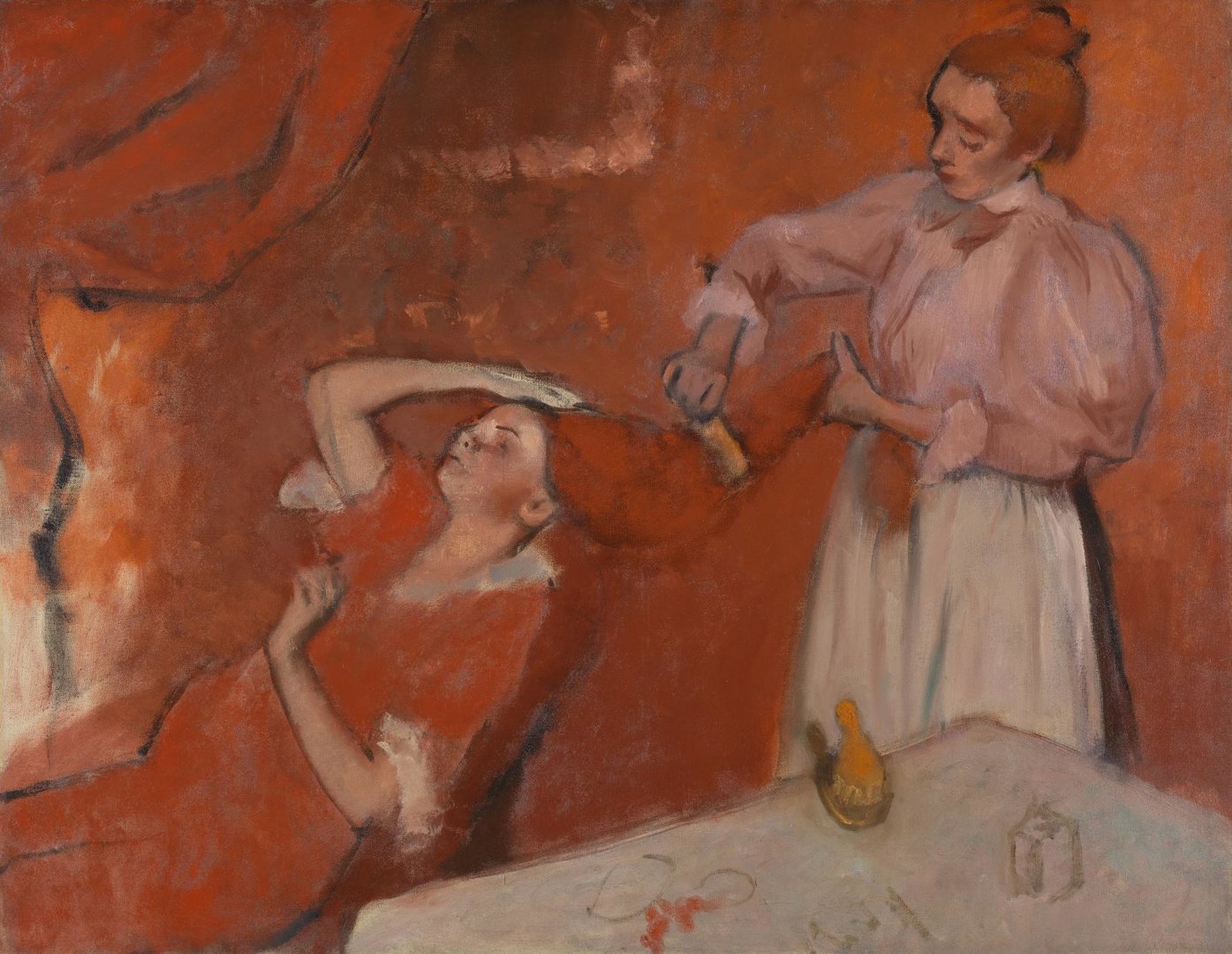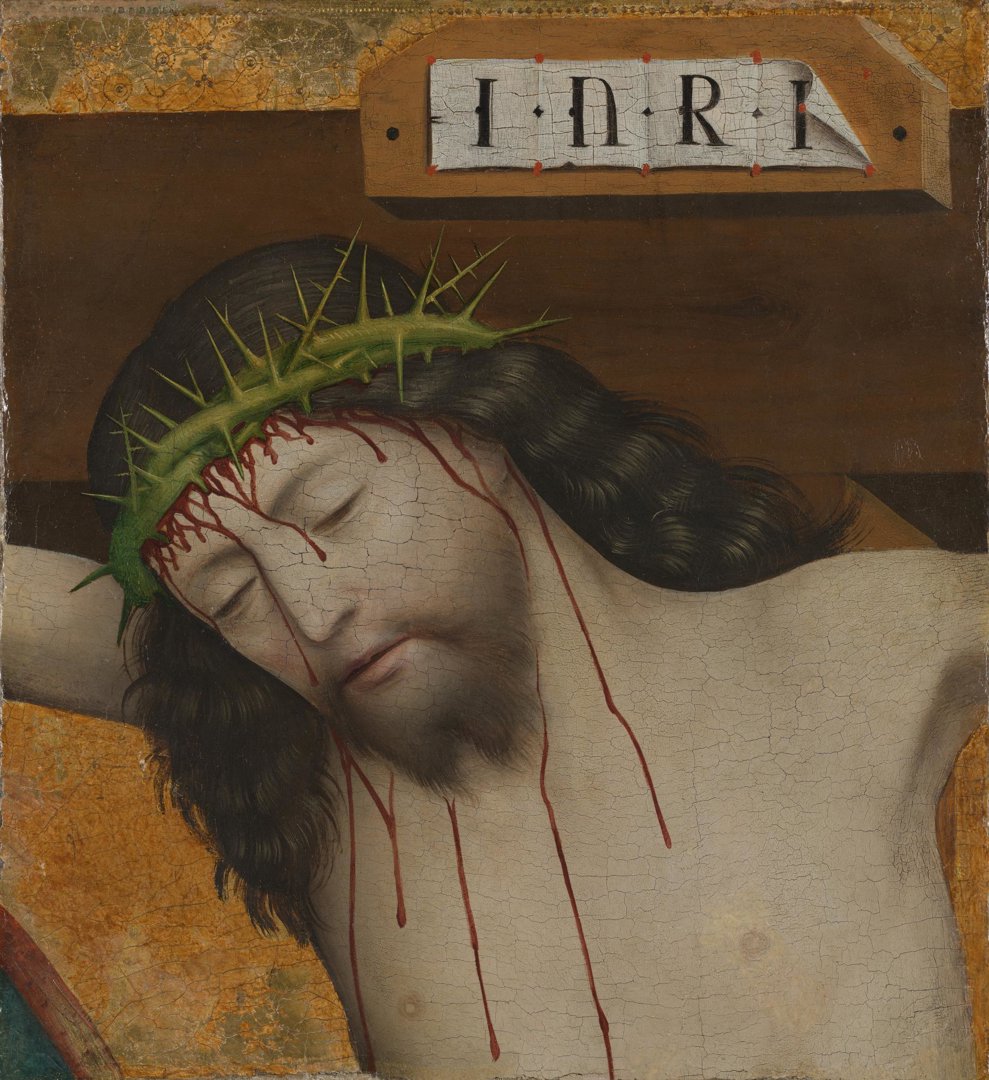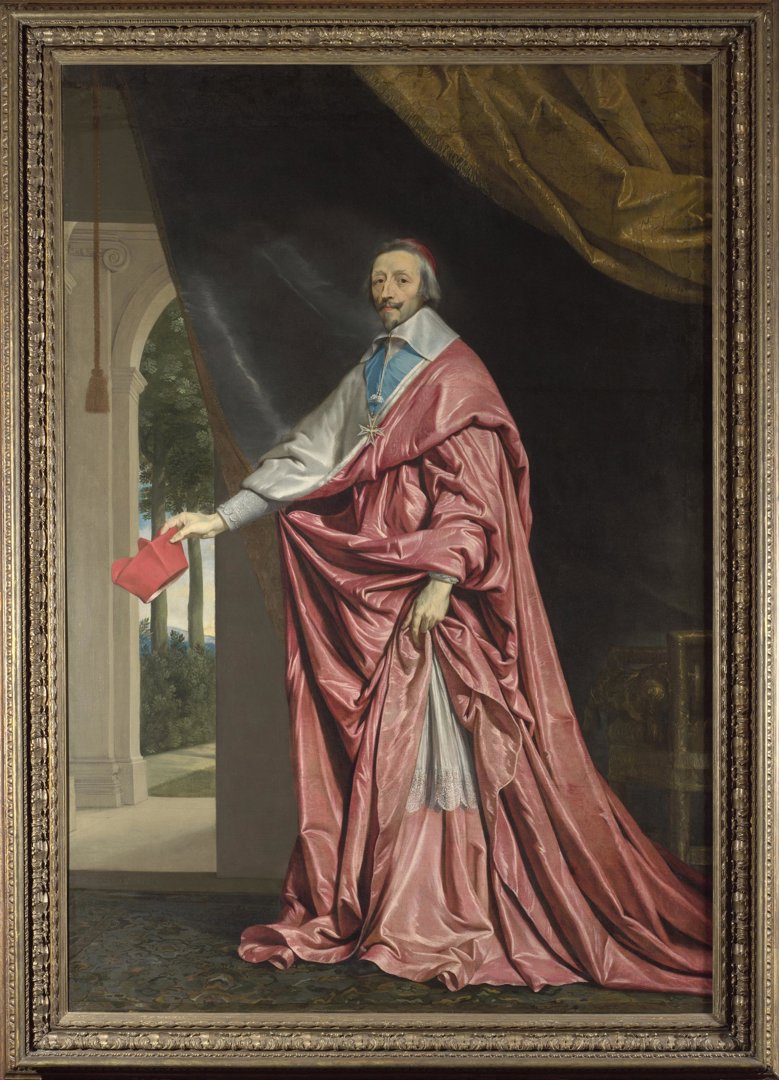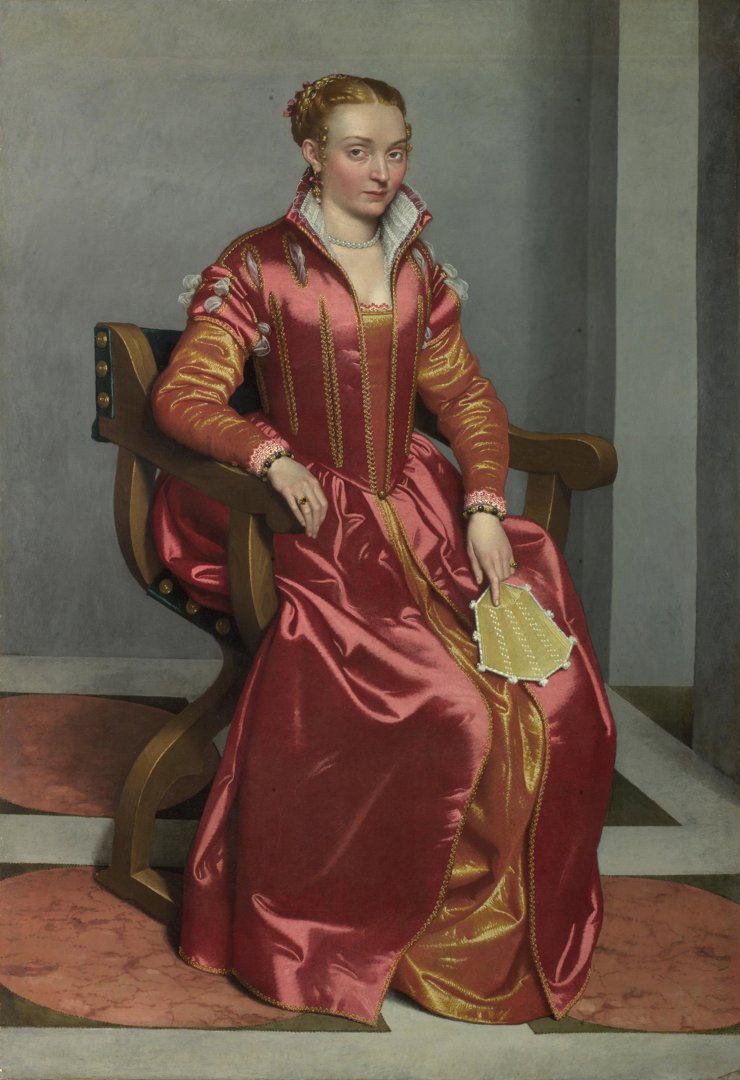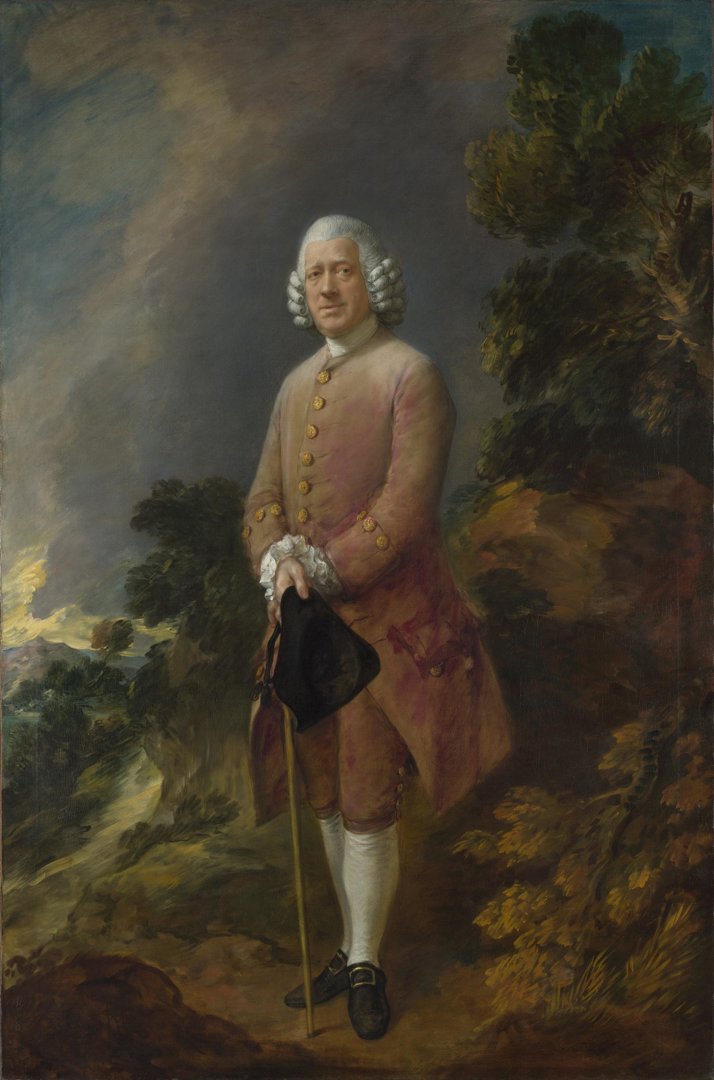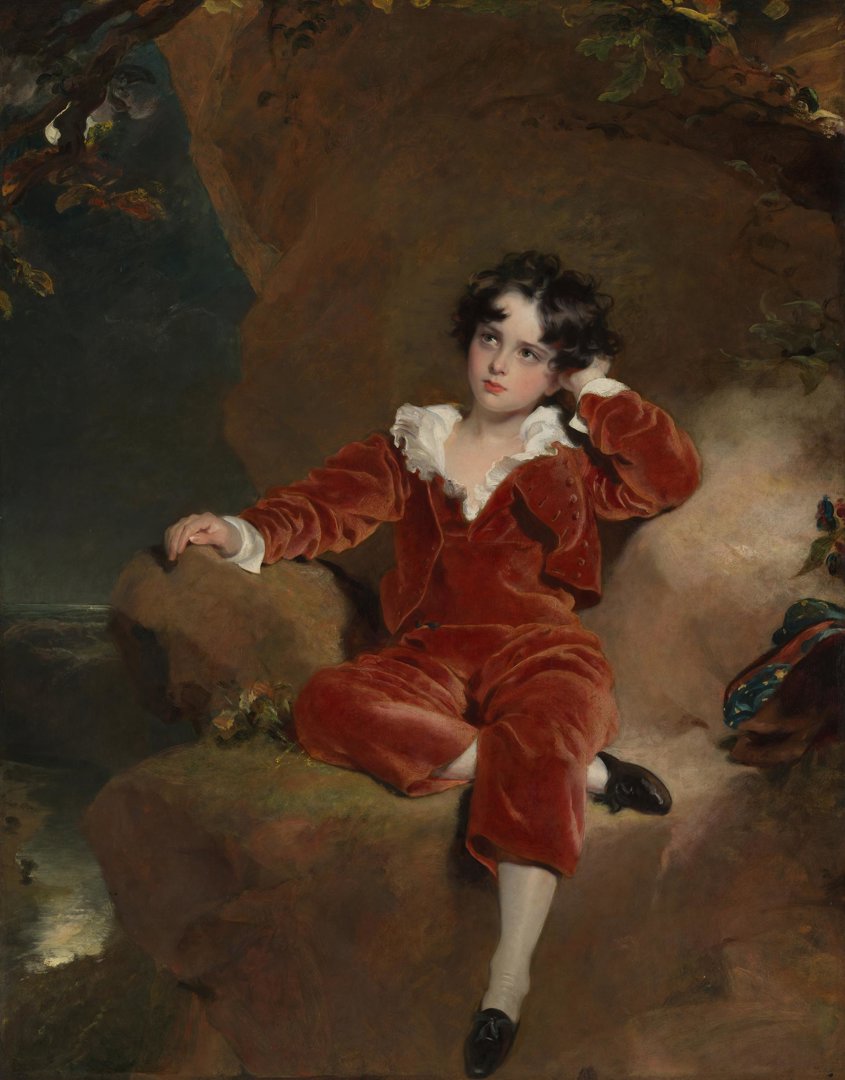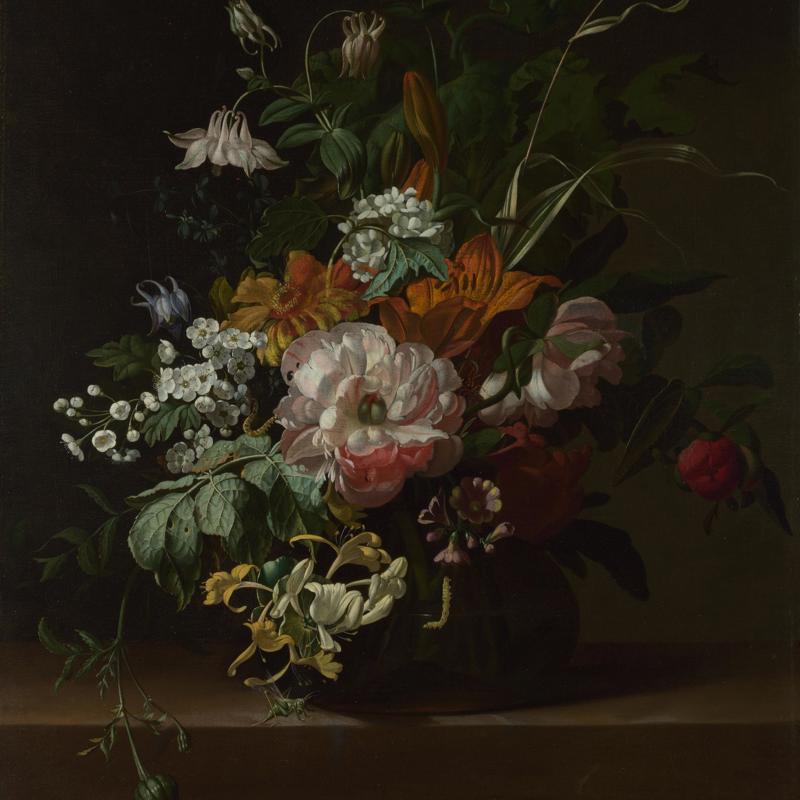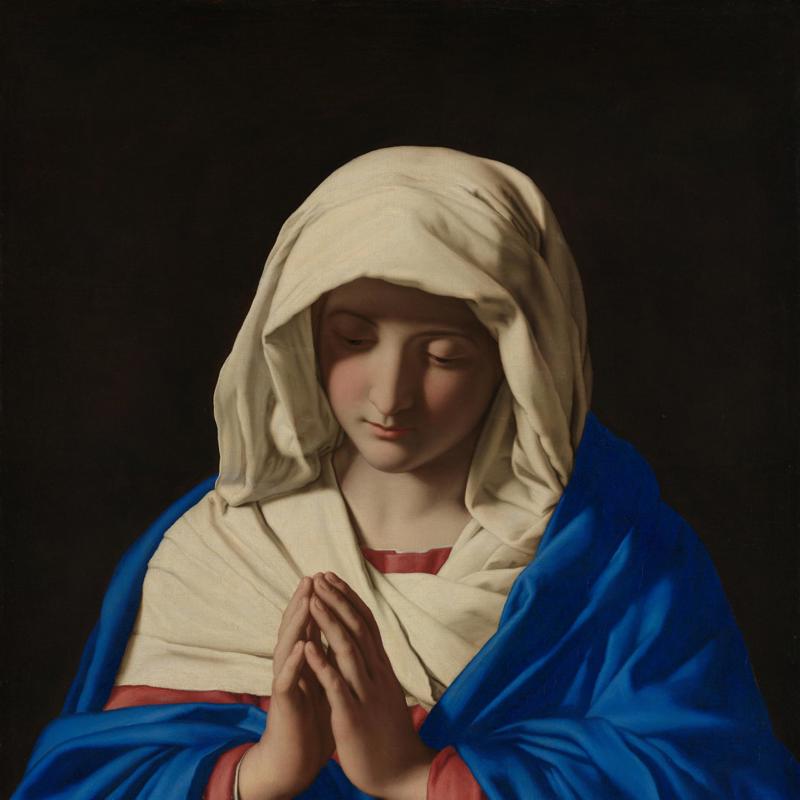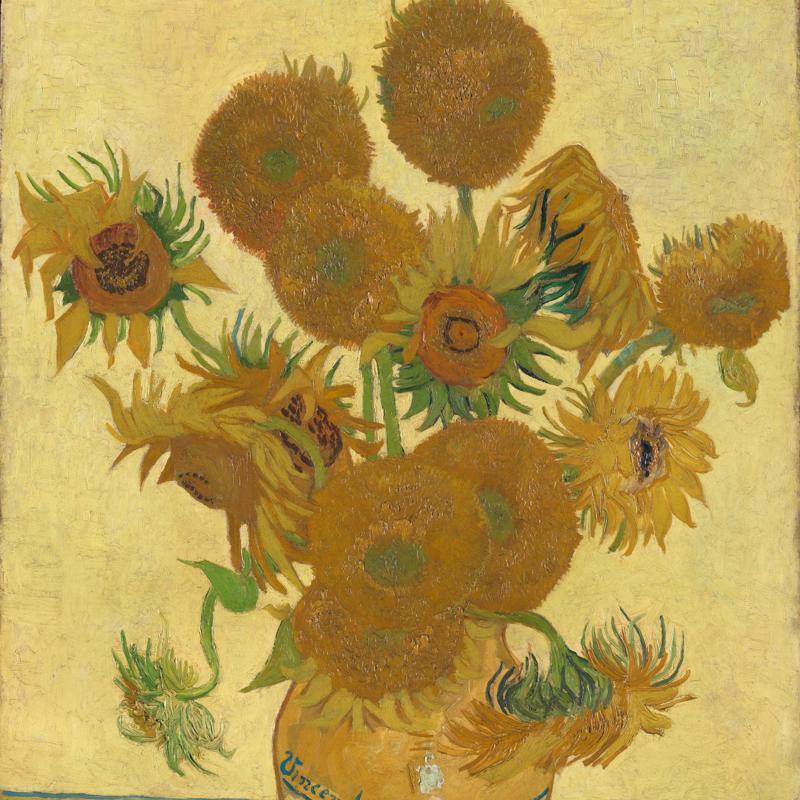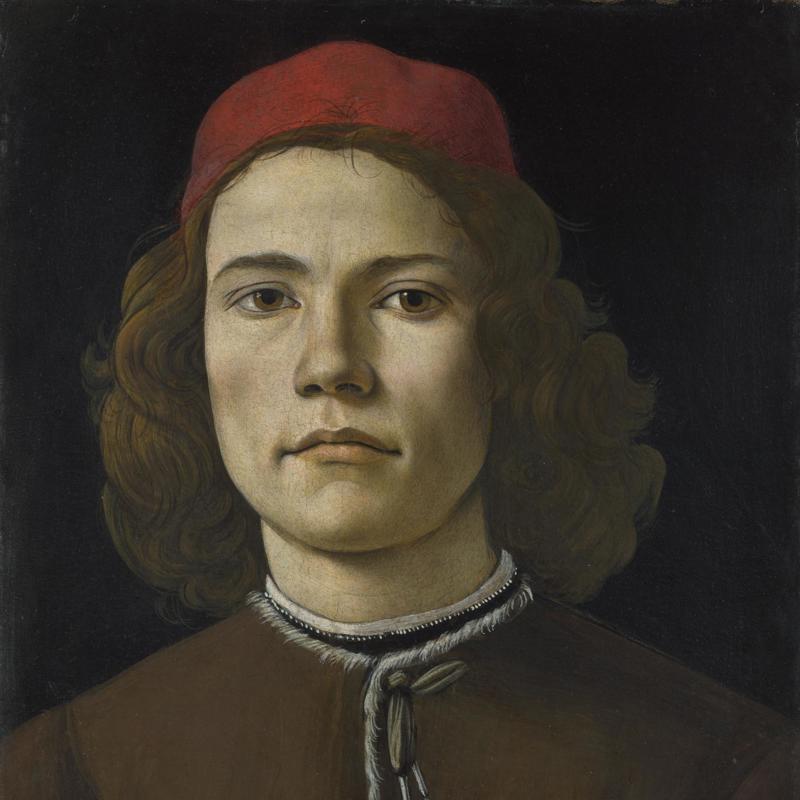Want to learn more about the colour red? In this episode of the National Gallery's podcast 'Stories in Colour', we're joined by historian and writer Amy Butler Greenfield to discover how bugs really turned the world red.
Red is one of the most potent colours in the history of art. From muted earthy reds to bright shades of scarlet, its rich symbolism spans centuries and evokes a spectrum of strong emotions, from romantic love and seduction, to power and dominance.
Adorning the vibrant robes of cardinals and the silks of the European upper classes, its striking appearance has also been a marker of wealth and prestige for hundreds of years.
The oldest colour in the artist’s palette
Red sourced from natural ochres found in the earth were among the first colours ever used by humans. The colour of red earth pigment is due to the presence of naturally-occurring minerals, and it appears in the earliest known cave paintings. Red earth offers a muted, warm shade, and has been an essential colour in artists’ palettes throughout history.
During the Renaissance, natural earth pigments were often added to mixtures to produce realistic hues found in nature. Titian, known for his masterful handling of colour, used red earth in combination with green, blue and yellow to paint the brown foliage in ‘Noli me Tangere'.
A dangerous colour
Bright red is a colour that demands attention. From stop signs to warning labels, we instinctively associate it with danger. It is fitting, then, that some of the most vibrant red pigments have been derived from toxic materials. Vermilion is a red pigment made from mercury sulphide. While it is toxic, no pigments in the past could beat its vibrant hue. During the medieval and Renaissance periods, it was often combined with red lead, another poisonous red pigment, to further intensify its hue.
Such was the enduring appeal of vermilion, it was still being used centuries later by the Impressionists. Claude Monet used it in his monumental ‘Water-Lilies' to pick out the scarlet flowers, which punctuate the shimmering surface with vibrant flashes of colour.
A symbol of love and seduction
Red has long been associated with love and desire. In Anthony van Dyck’s ‘Portrait of a Woman, possibly Isabella Cattaneo Della Volta Imperiale’, she wears a red rose tucked behind her ear. The red rose, a symbol of romantic love, mirrors the flushing of her lips and cheeks and draws a visual connection between the flower’s beauty and her own.
The sensuality of red takes monumental form in Peter Paul Rubens’s ‘Samson and Delilah’. Samson sleeps on Delilah’s lap, oblivious to the accomplice cutting his hair – the source of his supernatural strength. Delilah’s rich crimson robe, dishevelled and luxurious, is a sensual focal point in the scene of Samson’s betrayal.
Seeing red
Red’s association with intense emotions is not limited to romantic love and seduction. When Impressionist Edgar Degas painted ‘La Coiffure’, he flooded the scene of a maid servant brushing her mistress' hair with bold shades of scarlet and fiery orange. His use of colour is not intended to be naturalistic. Instead, it carries an expressive, possibly symbolic quality that heightens the intensity of the ordinary domestic scene. The red may serve as a metaphor for discomfort, as the mistress holds her hand to her head as if in pain.
Look very closely and you’ll notice a stroke of green in the maid’s white pinafore. Red and green are complementary colours that create a striking visual contrast, enhancing the intensity of the surrounding reds.
Bloody reds
For centuries much of European painting depicted Christian themes and biblical events. The Christian tradition gives us one of the most important reds in Western art history – the blood of Christ. It was considered a potent symbol of sacrifice and redemption, and was often portrayed with dramatic realism to evoke strong emotion from the beholder.
Because of its affinity with the blood of Christ, red was considered the colour of authority within the Catholic Church. One of the most striking examples is Philippe de Champaigne’s ‘Cardinal de Richelieu’. Richelieu’s imposing figure, decked in his red Cardinal’s robe, dominates the composition. Here red is not just a colour, it is a declaration of power.
Luxurious red: Status and scarcity
Red clothing was associated with high status not just because of its Christian symbolism, but because the finest red dyes were difficult to produce. The most vibrant and long-lasting red dyes came from rare natural sources, such as kermes (derived from scale insects found on Mediterranean oak trees), cochineal (an insect found on cacti), and madder root (a plant-based dye requiring extensive processing).
These sources were difficult to cultivate or harvest in large quantities, making red dyes expensive. As a result, red textiles were prized possessions, often reserved for the elite. In Giovanni Battista Moroni’s ‘Lady in Red’, the colour of the sitter’s luxurious silk dress is a statement of her status and sophistication. It could be dyed with cochineal which, when this portrait was painted, had just been introduced to Europe from South America.
Some of these expensive red dyes were also used to make pigments for artists. These colours, known as red lake pigments, were highly transparent and ideal for glazing techniques – a method of painting where translucent layers of colour are built up to produce a high degree of depth and naturalism.
Unfortunately, red lake pigments are prone to fading when exposed to light. This is the case in Thomas Gainsborough’s portrait of 'Dr Ralph Schomberg'. His crimson coat has faded unevenly, and the particularly extreme loss of colour around his shoulders makes it look as if a dusting of powder has fallen from his wig.
The Red Boy
One of the most technically brilliant portrayals of red clothing is Sir Thomas Lawrence’s portrait of Charles William Lambton. Against the earthy tones of the rock upon which he sits, his velvet outfit is strikingly rich in colour. Such is its impact, the painting became affectionately known as ‘The Red Boy’.
Lawrence achieved the sumptuous effect of velvet using a mixture of red pigments, including vermilion, red ochre and red lakes (pigments derived from red dyes). This masterful layering of different reds results in a shimmering spectrum of hues, from cherry and fiery orange to deep maroon. The painting was so beloved by the nation that it was the first to be featured on a British postage stamp.
The colour red has long held profound cultural, artistic and symbolic significance. From ancient red ochre to the vivid yet toxic vermilion, and the luxurious cochineal dye, red has been a powerful visual presence in art. It evokes a spectrum of intense emotions, from passion and love to strength and power, while also serving as a marker of wealth and prestige.


